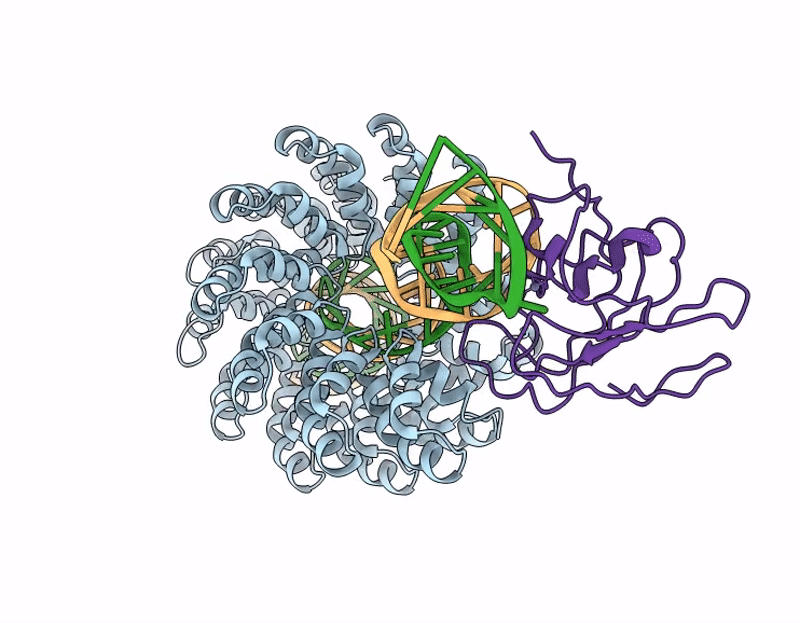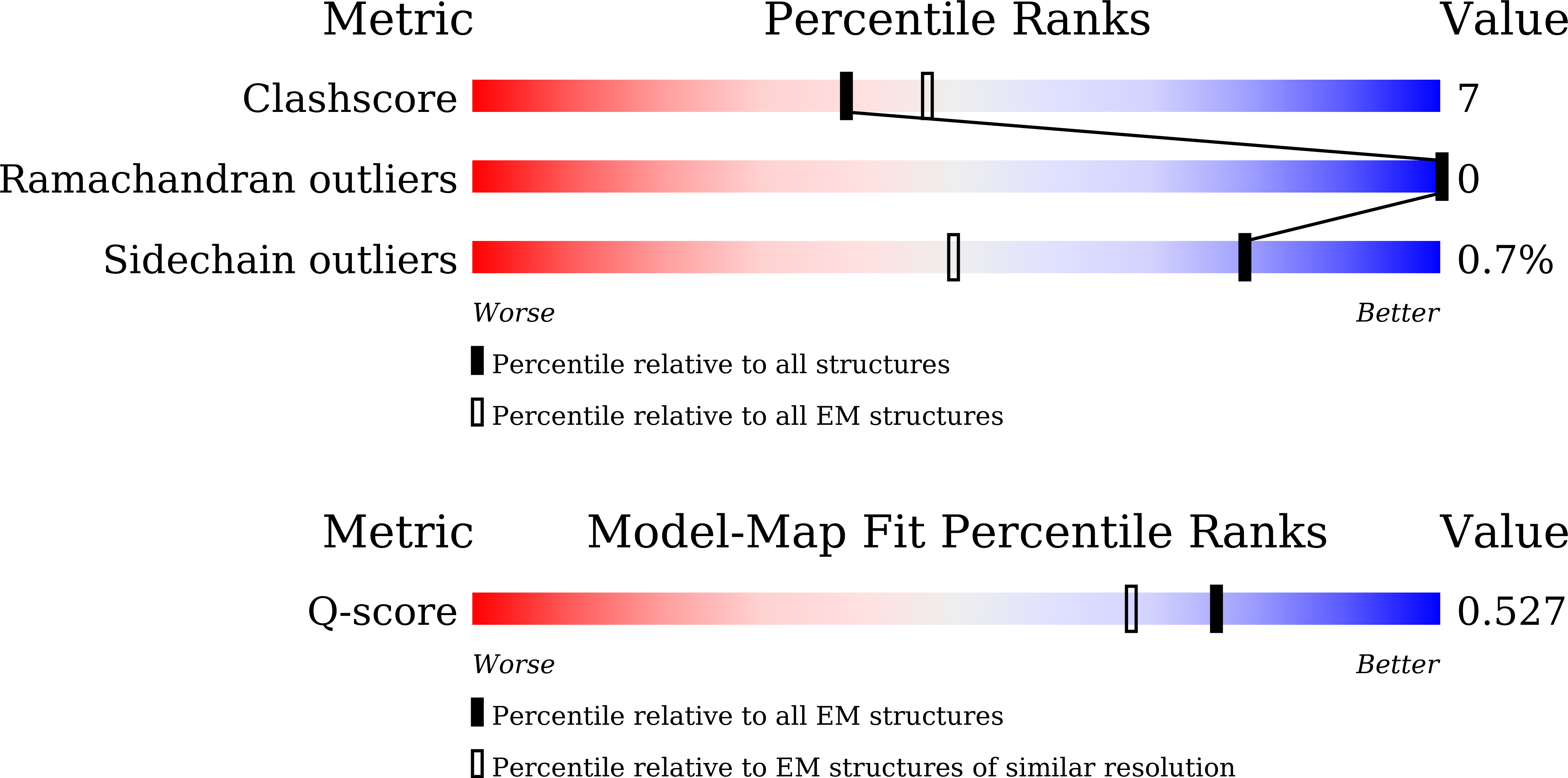
Deposition Date
2024-12-08
Release Date
2025-10-01
Last Version Date
2025-10-01
Entry Detail
PDB ID:
9KY4
Keywords:
Title:
Cryo-EM structure of the mono-DdCBE bound TS substrate complex.
Biological Source:
Source Organism:
Xanthomonas (Taxon ID: 338)
Burkholderia cenocepacia H111 (Taxon ID: 1055524)
Homo sapiens (Taxon ID: 9606)
Burkholderia cenocepacia H111 (Taxon ID: 1055524)
Homo sapiens (Taxon ID: 9606)
Host Organism:
Method Details:
Experimental Method:
Resolution:
3.00 Å
Aggregation State:
PARTICLE
Reconstruction Method:
SINGLE PARTICLE


